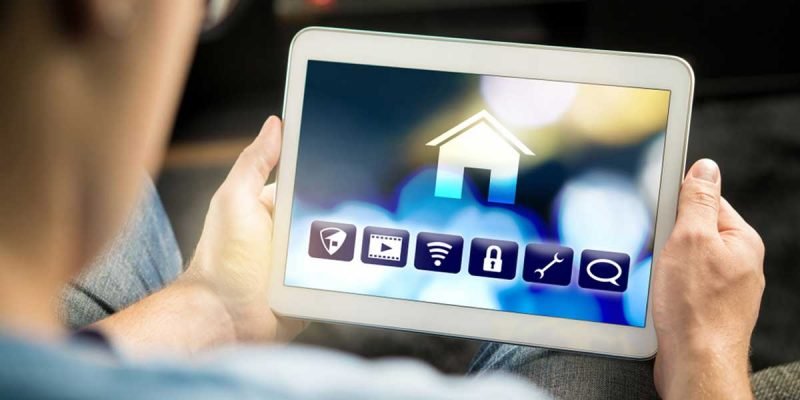Human Machine Interface (HMI) technology serves as the backbone of countless organisations locally and globally. Utilised in plants and processes each day, they are central to the capacity of both public and private organisations to provide services.
It’s why it’s so critical that HMI machines provide those services with the greatest efficiency and capability possible. HMIs with touch screens currently represent a contemporary capability with HMIs that would’ve been unimaginable in years gone by. So let’s now review the benefits of using touch screens for HMI.
Reason 1: Cutting-edge Power
Using touch screens in HMIs can vastly improve the functionality and versatility of a HMI. There’s a number of reasons for this. The first owes to the advantage a digital HMI has over a traditional, non-digital HMI.
Certainly these predecessors to the contemporary HMIs we see in use today served the needs of the time well. But it also cannot be overlooked that the difference in capability between a traditional non-digital HMI and a digital HMI is very much akin to the difference between a traditional rotary phone and a cutting-edge smartphone.
Yes, both a rotary phone and smartphone can provide a similar functionality when it comes to making a phone call, but the smartphone is so much more sophisticated and capable in what it can offer. The same applies to the utilisation of digital HMIs, especially those with a touch screen functionality.
Reason 2: Responsiveness
Whether a HMI is traditional or digital the same limitations can be encountered if there isn’t a touch screen. Sure, as aforementioned a digital HMI can offer far more advantages than a traditional HMI in a number of ways. But this does not mean there cannot be a difference among digital HMIs in terms of capability – and that’s why a HMI with a touch screen is so useful.
HMIs with touch screens can provide users an easy and intuitive functionality. One that makes using the HMI seamless. A digital HMI without a touch screen can still provide good functionality, but as it will by default require external components – such as a PC with keyboard and mouse – the experience of using a non-touch screen HMI can be far more tedious and frustrating. This is why so many operators who are both newcomers and experienced hands alike at using HMIs recognise the efficiency and ease a HMI with a touch screen can provide.
Reason 3: Future-proofing
HMIs with touch screens can also offer enduring value, as the nature of their design means it’s possible to acquire one today with long-term ‘future-proofing’ in place. This is because of the capability of a digital HMI to receive software updates as time goes on.
This means while a traditional non-digital HMI won’t have such a capability, a contemporary HMI can retain the same hardware but still continue to receive new updates and remain capable for new and innovative uses for many years to come.
Modern Equipment for Modern Needs
HMIS with touch screens are fantastic technology for operators and processes that require powerful yet responsive equipment. These HMIs offer many features traditional non-digital HMIs don’t possess.
They provide increased functionality compared to digital non-touch screen HMIs, and they also represent good value given the capacity for their ongoing upgrade in future. There’s never been a better time to consider a HMI with touch screen for a modern plant or process.


















Comments